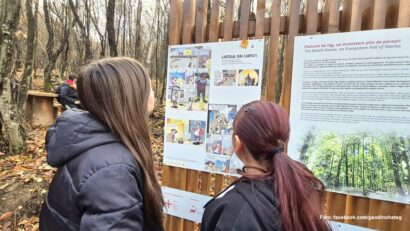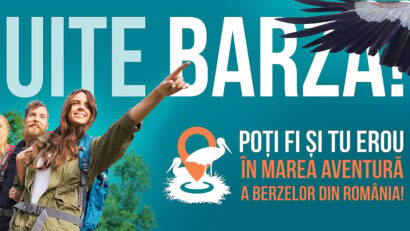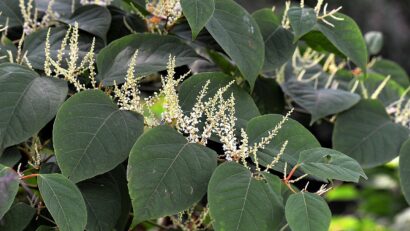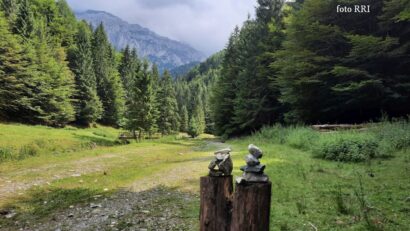A Census of White Storks in Romania
The action is coordinated by the Romanian Ornithological Society, as part of a European initiative
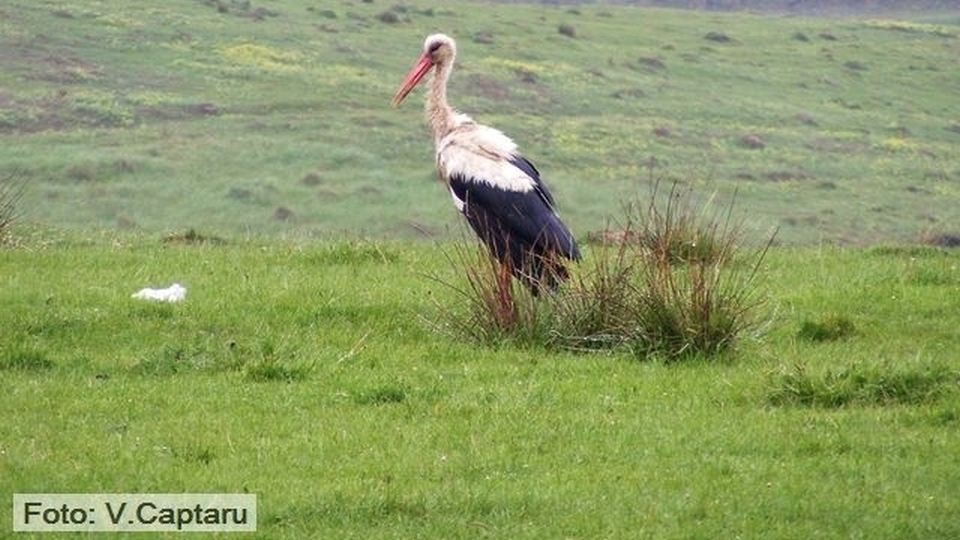
Daniel Onea, 27.06.2025, 13:22
The second phase of the International White Stork Census in Romania will take place between June 10 and July 15, 2025. The action is coordinated by the Romanian Ornithological Society, as part of a European initiative organized once every 10 years. After volunteers reported over 3,300 nests in 2024, the current phase aims to complete the field data.
We learned from Alida Barbu, a biologist at the Romanian Ornithological Society, that the census involves not only collecting field data, but also digitally processing it, mapping nests on interactive maps and analyzing the results in real time. The online platform dedicated to the project provides transparent and updated information, promoting collaboration between specialists and the general public.
“The International White Stork Census is carried out once every ten years in all the countries where this species nests, in order to have a global picture of the population of this species and to be able to compare the information collected and see whether the white storks are doing well or not. In countries like Romania or Poland, which have a large territory and numerous white stork nests, and not a very large number of volunteers, the international census is carried out over a period of two years, in order to cover as much territory as possible, and record as many of the white stork nests as possible.”
But how is this census carried out?
“In order to compare the data, for the census, we recommend that volunteers choose a locality, an administrative-territorial unit, i.e. a commune. They walk through these localities, on every street, to find, as much as possible, all the white stork nests. When a nest is found, the volunteer should get as close as possible to the support on which the nest is located. Most often, an electricity pole and mark the position of the nest, the GPS coordinates, in the “Look at the stork!” application, then add information related to the type of support, the number of chicks, move a little further and take a photo of the nest.”
The white stork census activity also has an important educational component. The organizers promote the participation of students, teachers and families, integrating the action into ecological education programs. Participants learn to observe nature, identify species and understand ecological processes, while contributing to a real scientific effort. The action is an example of effective collaboration between civil society, academia and the private sector, managing to mobilize human and technological resources for the benefit of biodiversity conservation. Every year, thousands of people voluntarily contribute to this research, strengthening the national network of stork observers. We learn from Alida Barbu, biologist at the Romanian Ornithological Society, how interested people can become volunteers.
“They can register on our website, sor.ro. We have a form through which they can choose the locality in which they commit to doing this census. After that, they install the “Look at the Stork” application and hit the road. If they need information, they can write to us and we will gladly answer them. Last year, 3,301 white stork nests were identified by our volunteers. Population estimates tell us that, in Romania, we have around at least 7,000, 7,500 nesting pairs, so active nests. This means that there would be 4,000 more nests to identify, find and locate with precision.”
The previous White Stork Census came with a series of challenges that tested the ability of the organizers, volunteers and the entire monitoring system to function effectively in rapidly changing conditions. One of the most obvious difficulties was the unstable weather. The months of June and July were marked by episodes of torrential rains, local storms and fluctuating temperatures. Thus, several field trips were postponed or carried out in difficult conditions, limiting the time available for observing nests. In some areas, access was hampered by impassable roads or local flooding, especially in southern Moldova and eastern Transylvania. Another major challenge was related to habitat dynamics. In many regions, rapid agricultural transformations, such as the shift from pastures to intensive crops, have altered the landscape. Wetlands, ditches and marshes, essential food sources for storks, have been partially drained or replaced by cultivated land. An increasing number of abandoned or unoccupied nests have also been reported, especially in central and western counties.
The causes are not entirely clear, but hypotheses include failed migration, lack of food, human pressure, and changes in local infrastructure. These findings have raised questions about the future of the species in certain areas. In 2025, new challenges are announced, as we learn from Alida Barbu, a biologist at the Romanian Ornithological Society.
“A challenge is that our app does not work on the latest versions of Android, but my colleagues found a workaround. If there is a volunteer who cannot install the app or who cannot use it very well, they must write to us and we will provide details for the solution. A challenge is to cover the entire locality, to carefully search for all white stork nests. Although most of them make their nests on electricity poles, somewhere on the side of the road, there are places where white storks nest on houses or their annexes, even in trees. We recommend that volunteers talk to locals, because most of the time they know where the white stork nests are, and can find out valuable information this way.”
In conclusion, the census of white storks in Romania is a complex initiative, with a scientific, educational and civic role. The white stork is a legally protected species and a symbol of rural biodiversity. The census helps monitor climate change, the health of agricultural habitats, and human impacts on wildlife. The information collected helps inform conservation decisions, land use planning, and environmental education.

